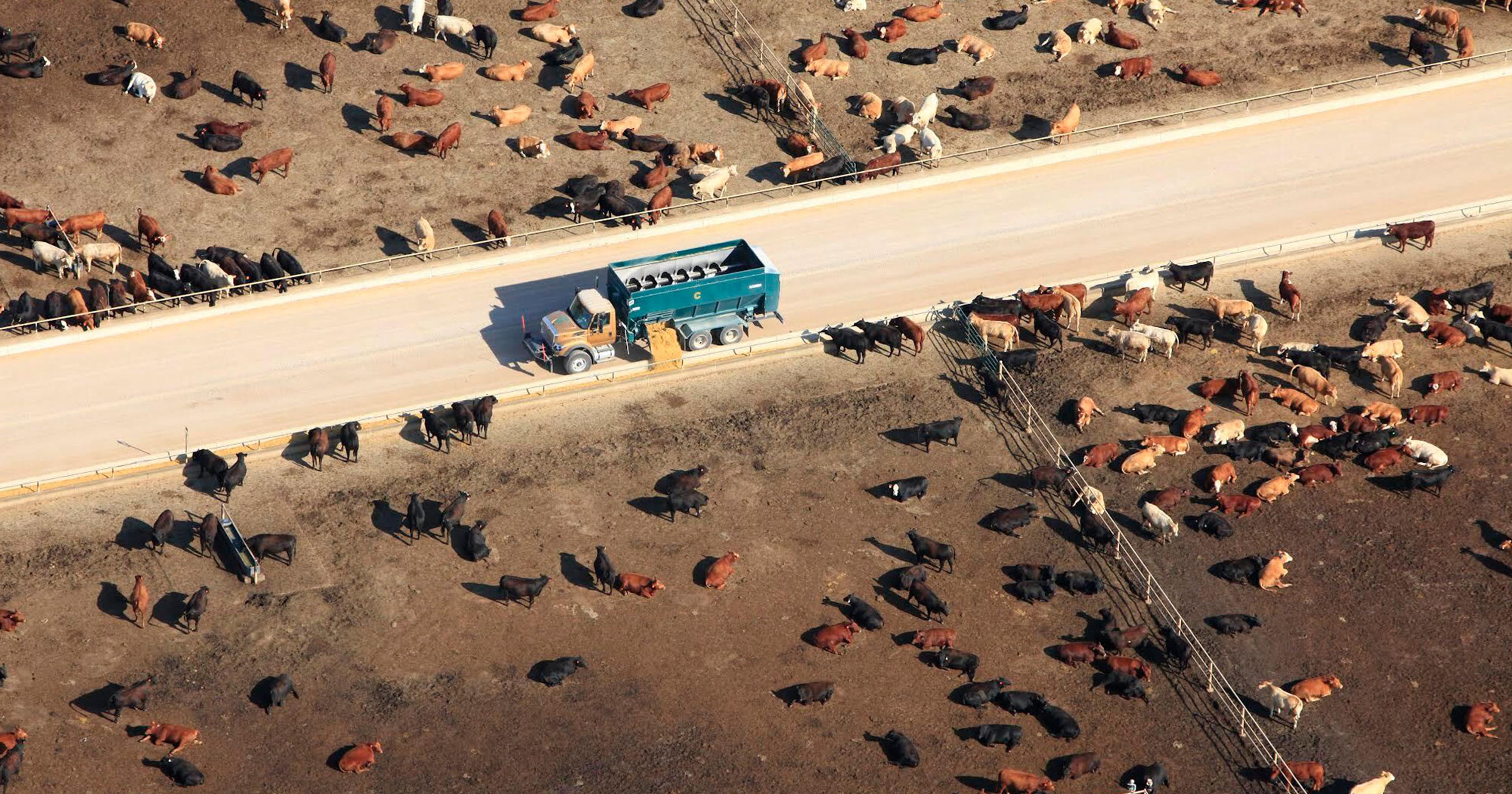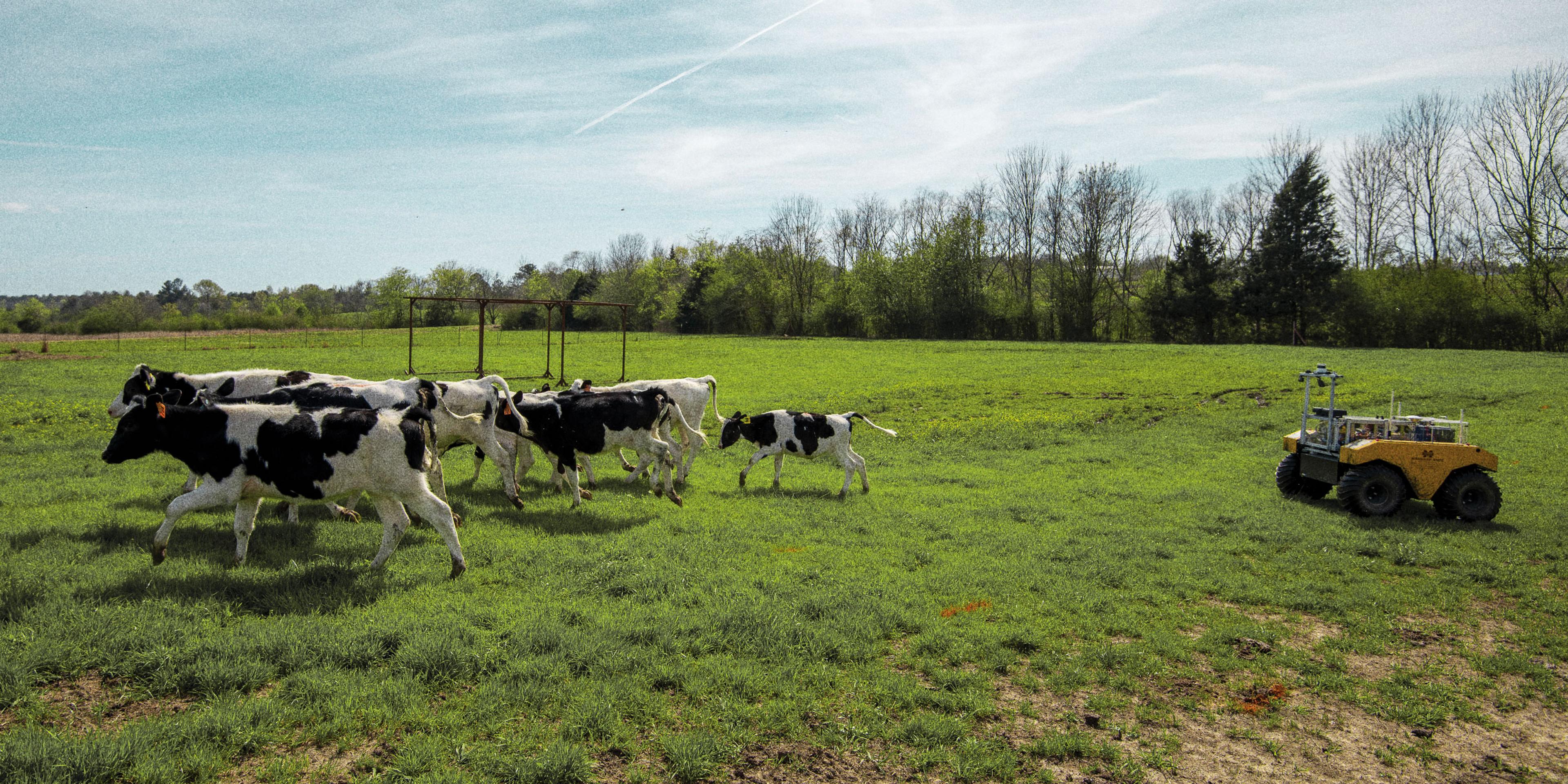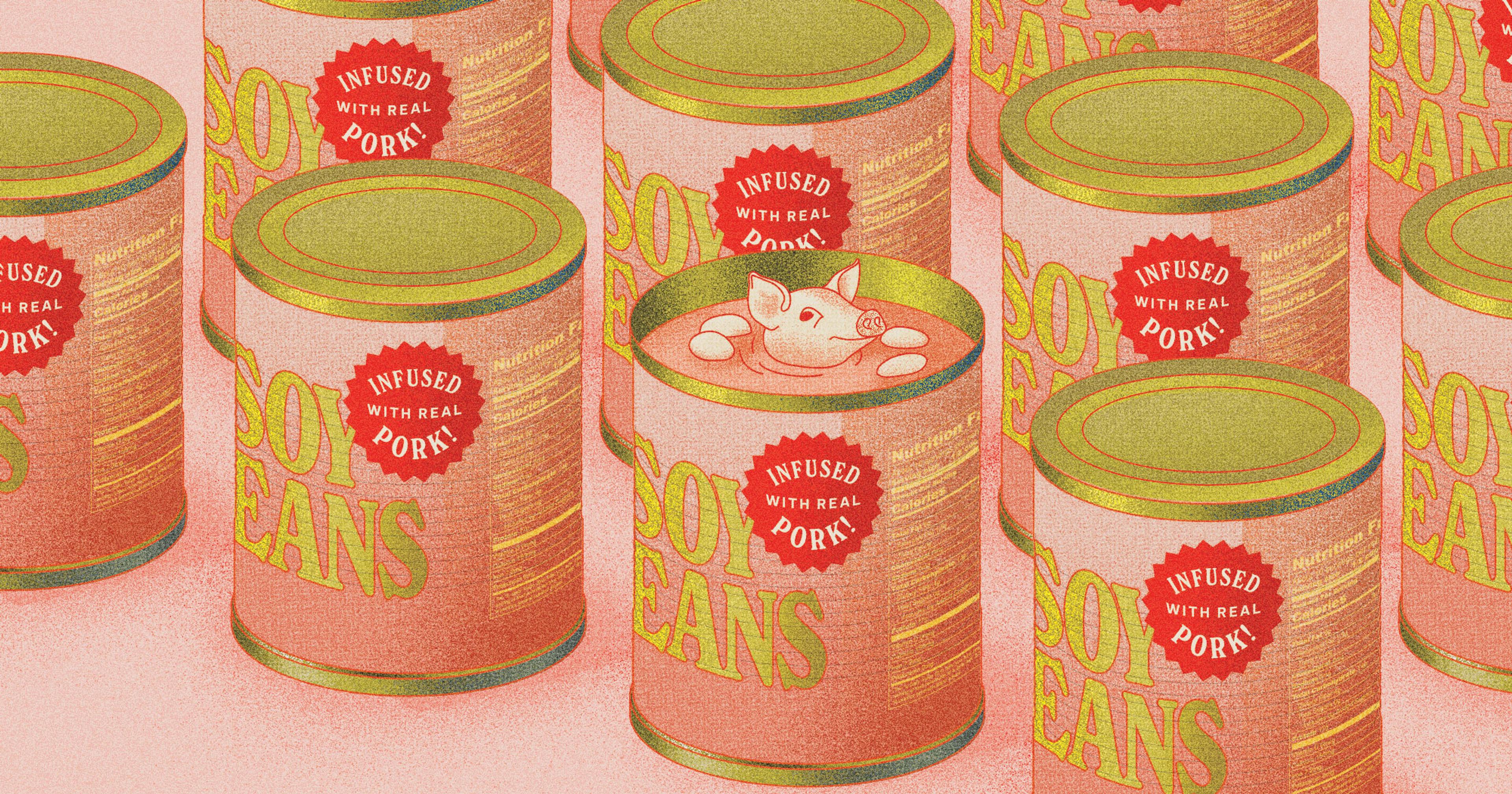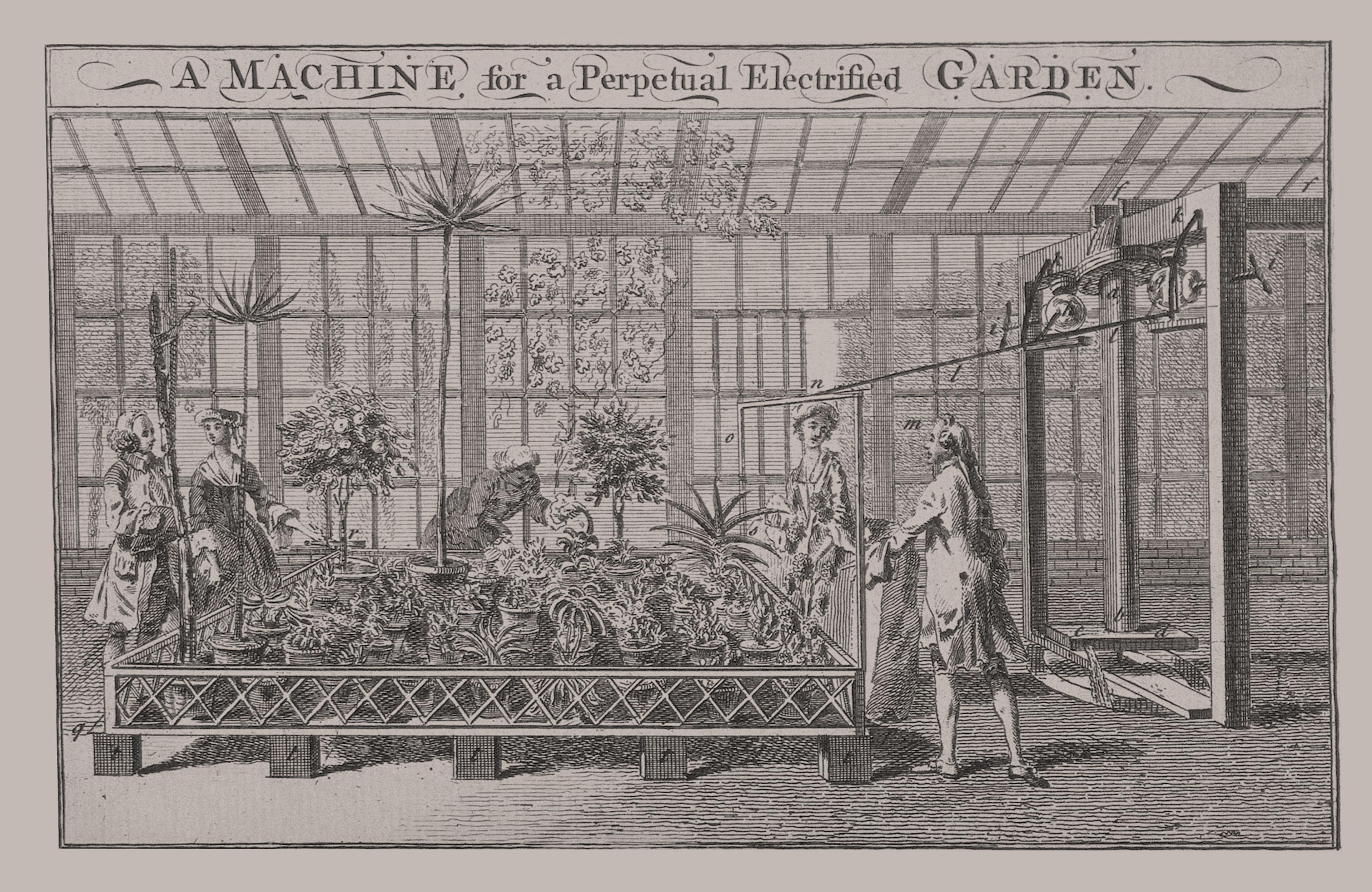New research finds that the CO₂ pumping out of building exhaust vents could help give rooftop produce outputs a boost.
Urban farmers with ground-level growing experience are presented with a unique set of challenges when they attempt to farm on buildings. Each rooftop operates as its own microclimate, impacted by different temperatures, sun exposure, and varying levels of wind speed that can lead to soil erosion — all causes of potential harm to the plants. Turning that space into a productive farm isn’t easy, but a new study may have found a way to help rooftop crops thrive.
Repurposing carbon dioxide expelled from building exhaust pipes could enhance the productivity and health of crops grown in rooftop gardens and farms, according to a new study conducted at Boston University. The process makes good use of the exhaled breaths of people within the building below, which accounts for the high CO₂ concentrations of the rooftop vent air.
For the study, led by scientist Sarabeth Buckley (now at the University of Cambridge), a team of plant researchers attempted to use CO₂ as a sort of fertilizer for plants grown on rooftops — often not the most hospitable growing environments. Conditions like high wind and solar radiation exposure, along with drier soil, can lead to smaller and less healthy plant output for rooftop farms, an issue Buckley’s project sought to address.
And it worked.
Buckley planted corn and spinach on the rooftop of a high school in Boston, and monitored the plants’ growth — measuring plant size and number of leaves as they grew, and overall biomass levels after harvesting. She grew some of the crops directly next to the exhaust vents while others were planted next to a control fan for comparison. The spinach grown next to the exhaust vent produced four times the biomass of the controls. The corn grew between two and three times larger.
“We’ll go up there in February ... and there will be marigolds blooming around our vents.”
“The big takeaway is there is a concentration [of carbon] in building, it does make it out of the vents on the rooftop and then when you apply it to plants, it definitely increases growth,” said Buckley.
Tracy Boychuk, founder of The Roof Crop, a foundation that manages more than a dozen rooftop gardens in Chicago, said she has noticed the benefits of exhaust vents — even without intentionally using them. “We’ll go up there in February or in early March just to see how frozen things are and start preparing for the spring plans, and there will be marigolds blooming around both vents. And it’s February in Chicago so like, there’s not marigolds blooming anywhere,” she said. While she noted that the year-round nature of the rooftop flowers is partially due to the heat the vents give off, CO₂ likely adds to the robust blooms that surround the exhaust fans.
From an agricultural perspective, rooftop gardens present a unique opportunity for urbanized areas to produce food locally and lower our overall carbon footprint. And according to an emerging body of research, rooftop farms could offer the capacity to meet high levels of urban produce needs, if they are prominent enough. In a study focused on rooftop production capacity in Bologna, Italy, results showed that if the city used all rooftop spaces that meet the proper requirements to grow crops, the output could satisfy 77% of the area’s vegetable needs.
In terms of logistics, Buckley explained the first step of the experiment was testing the theory that CO₂ would exit building exhaust pipes at high enough levels to potentially work as a fertilizer. Once the team found that the carbon concentrations were viable, they chose the produce.
Buckley said they picked spinach and corn because the crops have different sensitivity to CO₂ levels. Because of the particular way it photosynthesizes, spinach was more likely to benefit from added CO₂, so the corn acted as a control to see if other elements — like increased temperature thanks to the vent air — were responsible for growth improvements. As another control, corn and spinach that were not exposed to the CO₂-rich exhaust air were also fanned, to make sure air movement wasn’t the source of success.
“If this can just be one thing that adds to coating cities with greenery, that would be beautiful.”
Even with the success of the plant growth, Buckley said further research is needed to solidify the results of her experiment. Because the corn — which should have benefited less from exposure to CO₂ — also thrived, Buckley noted that CO₂ fertilization was likely not the only factor that played into the plant’s growing advantage. Additionally, a more high-tech system would be needed to implement the fertilization on a larger scale.
The trickiest challenge, she said, is finding a way to distribute the air from the exhaust vents over larger spaces. The plants in Buckley’s study were grown directly next to the vent, something that wouldn’t be possible for all crops on larger rooftop farm operations. A large-scale system would need pipes or tubing to pump the exhaust air across an entire rooftop, and factors like air pressure would need to be addressed. Specifically, if air from the vents hits the plants with too much speed, it can cause more harm than good, resulting in decreased growth — an issue that would need to be worked out when scaling up. “You’d need a mechanical engineer to really design the system,” she said.
Boychuck said finding more creative ways to repurpose otherwise wasted resources, like the CO₂ from exhaust vents, is something her organization is actively working towards — with the help of a team of developers. “These are some of the things that we’re talking about, like how do you use that energy that comes out of vents and the CO₂,” she said.
While more research is necessary to weed through other factors that could have boosted the plants’ growth, the CO₂ fertilization process offers significant potential for bolstering the output of rooftop farms in the future — something Buckley hopes will increase the number of these farms worldwide. Even the World Economic Forum is touting the promise inherent in this research.
“If you’ve got something that increases growth, figuring out how to use it could at least be one small factor in making rooftop gardens more appealing because the plants are more likely to succeed,” Buckley said. “If this can just be one thing that adds to coating cities with greenery, that would be beautiful.”







